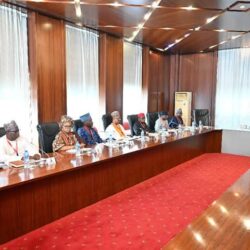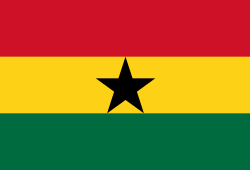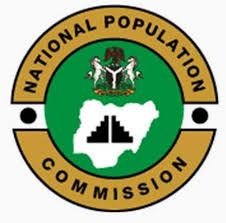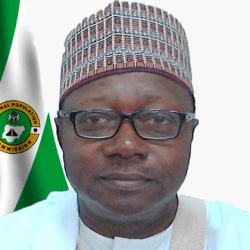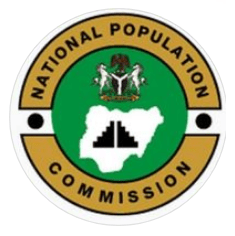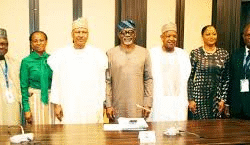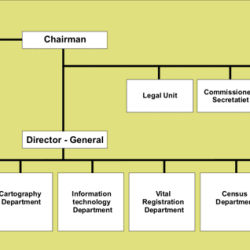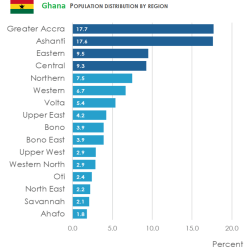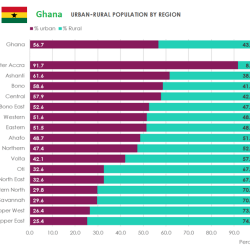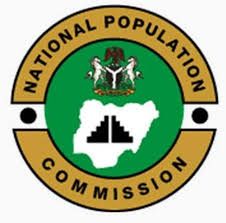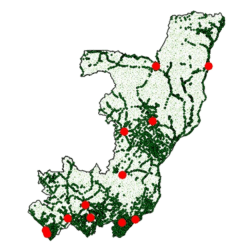Nigeria’s conduct of population censuses over the years has been fraught with many challenges due to the perception of many people as to what a population census is or is not. The outcome of a population census in terms of size, has always thrown up heated exchanges between the various groups within the polity thereby adversely affecting the growth and development process of the country because the use of such data for planning for national development is always underplayed.

The history of census in Nigeria can be divided into two parts: the pre-independence (colonial) and post-independence census eras.

PRE-INDEPENDENCE CENSUSES (1866-1953)
Census was first, conducted in the area known today as Nigeria in the year 1866 this followed the enactment of a Census Ordinance in 1863 by the British colonial government. The census covered only Colony of Lagos. From then on, censuses took place after every ten years (decennially) in 1871, 1881, 1891, and 1901. These censuses like the 1866 census covered only the Colony of Lagos and its surrounding areas.
1911 Census
This census exercise, covered the Southern Protectorate including Lagos and the Northern Protectorate. The 1911 census was more difficult than the previous ones because five years before the census (in 1906) Lord Fredrick Lugard united the Lagos colony with Southern Nigeria protectorate into Nigeria. The main counting took place only in the Southern protectorate, and the rest of the territories were counted partially. The result of the census was inaccurate. The total Population of Nigeria was put at 16.054 million out of which the Northern Protectorate had 50.1 percent of the population.
1951/52 Census
In 1941, the census did not take place because of the Second World War. The census exercise resumed with the conduct of the 1951/53 census after the Second World War. The 1951/53 census was conducted under leadership of Sir John Macpherson the Governor General. Enumeration was in four parts of the country: in the Lagos colony, in the Northern Region, in the Western and Mid-western Region and the Eastern region.
This census was the last to be conducted by the British colonial government and was described as the first modern, national and well planned head count in Nigeria. It was conducted over a three year period and was described as the longest census in the history of the country.
A look at the history of post-independent Nigeria shows that a lot of issues have plagued the nation and created tension in the polity, chief among these has been the attempts at various times to obtain demographic data for national planning through the conduct of a population censuses.
POST-INDEPENDENCE CENSUSES (1962-2006)
1962/63 Census
The first census to be conducted in independent Nigeria was in 1962 under the leadership of Sir Abubakar Tafawa Balewa the then Prime Minister. The publicity around the attached too much political importance to the census and this generated a lot of tensions and controversies, thereby leading to the rejection of the results by the various regions and the census was canceled.
Another census was conducted by the same administration in 1963. This time the results were accepted by the central government as the official population figures despite protests from some regional governments. The 1963 census results were used for ten years. The 1962/63 census, top example, was conducted on three different occasions before the matter was somewhat laid to rest. In the final result released in February 1964, the country’s population was put at 55.4 million. The North had 29.7 million, East 12.3 million, West 12.8 million and Lagos 675,000.
1973 Census
The military administration of General Yakubu Gowon while planning to handover power to civilians felt it was necessary to conduct a census in 1973 to generate population figures to base political representation in the second republic. A National Census Board (NCB) was set up with headquarters in Lagos to conduct the census. The 1973 census exercise was the first time homeless people were counted and it was also adjudged to be technically detailed however, the results were not published because it was rejected due to over inflation of figures. The 1973 census put the population of Nigeria at 79.76 million
The 1983 aborted Census
The next attempt at conducting a national census was during the administration of Alh. Shehu Shagari with the inauguration of a National Population Commission under the Chairmanship of Alhaji Abdul Rahaman Okene in 1980. the new Commission could not conduct any census because the administration was overthrown by the military in 1983.
1991 Census
In 1989, after a number of efforts to conduct the census, the administration of President Ibrahim Babangida created the National Population Commission. The 1991 census was conducted under decree 23 of 1989 which set up the National Population Commission. The census was considered the most scientific, credible and reliable and the result was accepted by majority of Nigerians. The 1991 Population Census figure was 88,514,501.
2006 Census
In 2006 Nigeria conducted its first Population and Housing census using GPS and Satellite Imagery to carve out Geo referenced Enumeration Areas. It was the first time in Nigeria that technology was deployed to conduct a census. The 2006 just like the 1991 census was adjudged credible and the results were accepted by the Federal Government although there were pockets of protests and litigations across the country but overall, the census figure became the bases for planning for development since 2006. The 2006 census put the country’s population at 140,003,542 comprising 71.7 million males and 68.2 million females.
